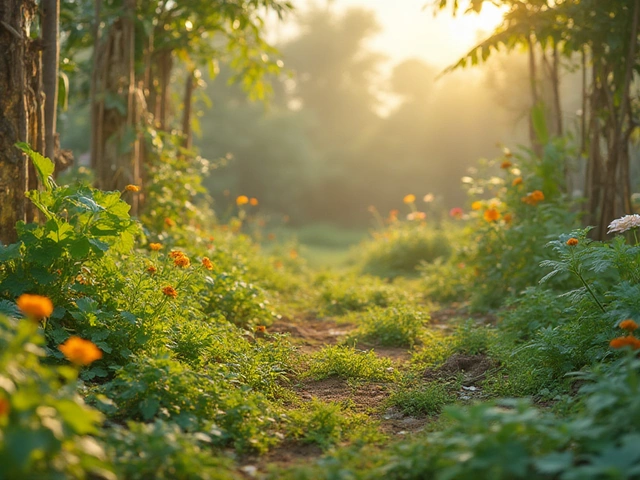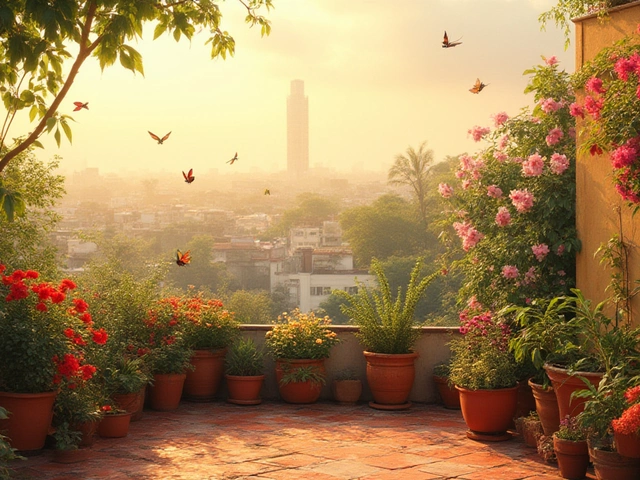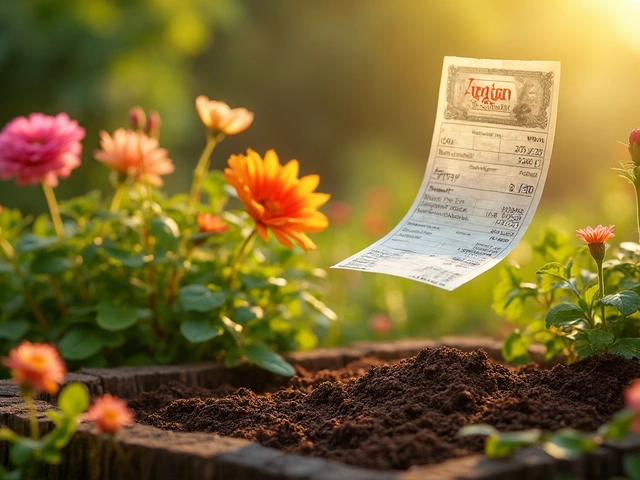Slow Blooming Plants: Keep Your Garden Bright When Others Fade
Ever notice how the first wave of blossoms disappears, leaving big gaps in your garden? That’s where slow‑blooming plants come in. They fill the empty slots later in the season, giving you colour when most gardens look tired. If you plan right, you’ll enjoy a garden that stays lively from spring right through autumn.
When Do Flowers Really Bloom in India?
India’s climate is a patchwork of zones, so bloom times shift from north to south. In the north, the best months for most flowers are February to April and then October to December. The south, thanks to milder winters, sees a longer window from September to February. Knowing these patterns lets you slot slow‑blooming species right after the early burst fades. For example, chrysanthemums and asters love the post‑monsoon chill, while marigolds and dahlia peak in the cooler months.
Practical Tips to Boost Late‑Season Colour
1. Pick the right plants. Choose species known for a delayed bloom: hibiscus, bougainvillea, and certain roses start flowering in late summer. Add ornamental grasses like Panicum that turn golden as the rains end.
2. Space them wisely. Plant slow bloomers a foot or two away from early‑blooming flowers. This avoids competition for sunlight and lets the later plants get the full light they need when the canopy opens up.
3. Use companion planting. Pair a late‑blooming flower with a “sister plant” that repels pests. For instance, planting garlic near late lilies keeps aphids at bay while the lilies prepare to bloom.
4. Mind the water. Drip irrigation works great for both early and late bloomers. Set the timer to give more water during the hot months and reduce it as the cooler season arrives. Proper moisture ensures your slow bloomers aren’t stressed when it’s finally their turn to shine.
5. Feed at the right time. Apply a balanced fertilizer in early summer, then switch to a phosphorus‑rich feed in late summer. Phosphorus supports flower development, giving those late‑blooming buds the boost they need.
By syncing plant choice, spacing, and care with India’s natural bloom calendar, you can turn those dull gaps into a vibrant finale. Your garden will feel like it’s constantly in bloom, and visitors will wonder how you keep the colour going all year round.
What Flower Takes 30 Years to Bloom? The Slow Life of the Talipot Palm
The Talipot palm is a legend among plant lovers, taking about 30 years—or even longer—to bloom just once in its life. This article explains why this palm is so special, what makes its flowering so rare, and how gardeners in India can care for it. You’ll learn some wild facts about the Talipot’s blooming process and get simple tips if you want to try adding this slow giant to your garden. Patience is key—but the payoff is unforgettable.
About
Flower Gardening
Latest Posts


How to Waterproof Your Terrace Roof: Essential Tips
By Alden Thorne Apr 11, 2025

Best Plants for Indian Summer: Top Choices for Surviving Heat & Drought
By Alden Thorne Jul 9, 2025

Vegetable Garden Soil: What to Add for Healthy Growth
By Alden Thorne Jun 3, 2025

